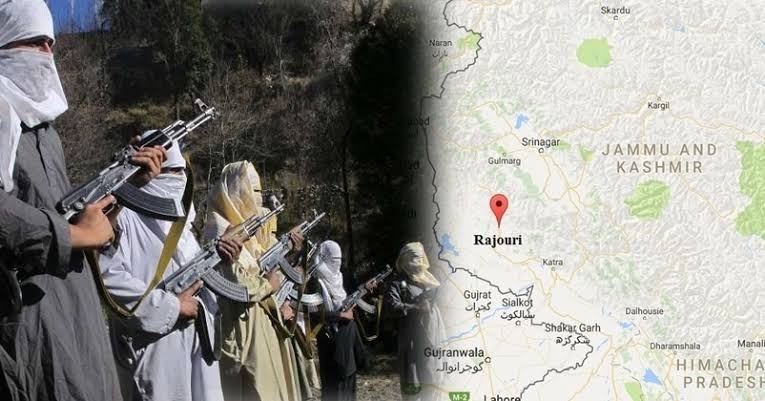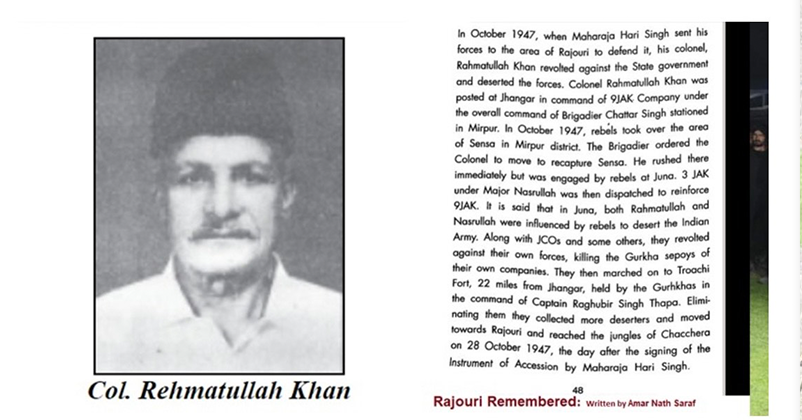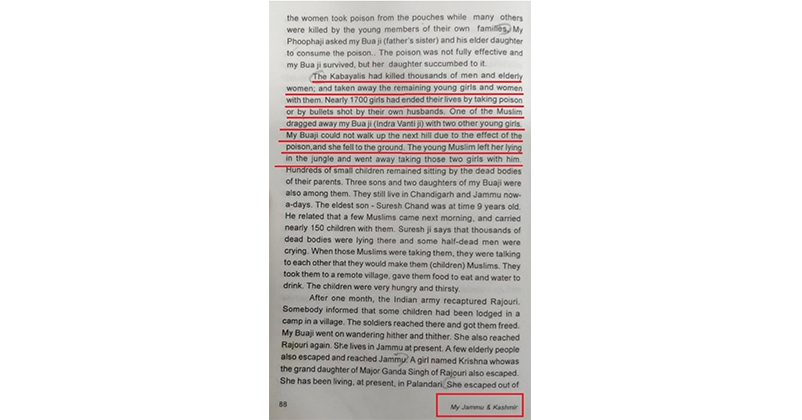11-12 November 1947: Rajouri Massacre, when thousands of Hindus and Sikhs were slaughtered by Pakistani marauders
Total Views |

The partition of India and accession of J&K to India in October 1947 was followed by the First War between India and Pakistan. The Pakistani army along with the raiders and deserters from the western districts of the state, captured Rajouri on 7 November 1947. They started looting as soon as they entered the city of Rajouri. The massacre began from 7 November 1947 until 12 April 1948.

On 11-12 November 1947, when whole India was celebrating first Diwali after Independence , at the same time thousands of Hindus were being massacred in Rajouri city of J&K.
Thousands of people hid in the mountains and forests to save their lives. Rajouri was a predominantly a Hindu populated city, surrounded by Muslim populated villages. Till Sep'1947, Rajouri was a town with a population of 5,000. By early Nov, this number had swelled to over 40,000, with Hindu-Sikh refugees streaming in from the west.
Thousands of Hindus and Sikhs were martyred :-
On 11th Nov, When rest of India was celebrating Chhoti Diwali, Muslim marauders started slaughtering Hindus-Sikhs of Rajouri, first men and then elderly women. Thousands of women were raped, abducted and later sold in Pakistan. It is said that more than three thousand Hindus and Sikhs were murdered in one day.
The heroes of the Singh Sabha and the Rashtriya Swayam Sangh fought fiercely with their traditional weapons, but their weapons were not able to support them for a long time and most of the warriors died while battling the tribes.

12th Nov, on Diwali, the attackers got the city evacuated and gathered the remaining men at the 'Maidan' (at present an Air Field). Thousands were massacred with swords and axes that day.
More than 30 thousand Hindus and Sikhs were killed on the streets in Rajouri, one of the most horrific massacres in Indian history. Women jumped into the well to save their lives or died by consuming poison.
At that time, Harji Lal, the Tehsildar of Rajouri, fled to Reasi with twenty Gurkha rifle personnel stationed in the city as soon as the attack took place. In such a situation, Rajouri was left for months.
The same trend continued till the night of 12 April 1948, and on the morning of 13 April, a new dawn came and when the Indian Army got Rajouri free from terror. When the Indian Army set out on a campaign to liberate it from Rajouri, the legs of the tribesmen could not last long.

